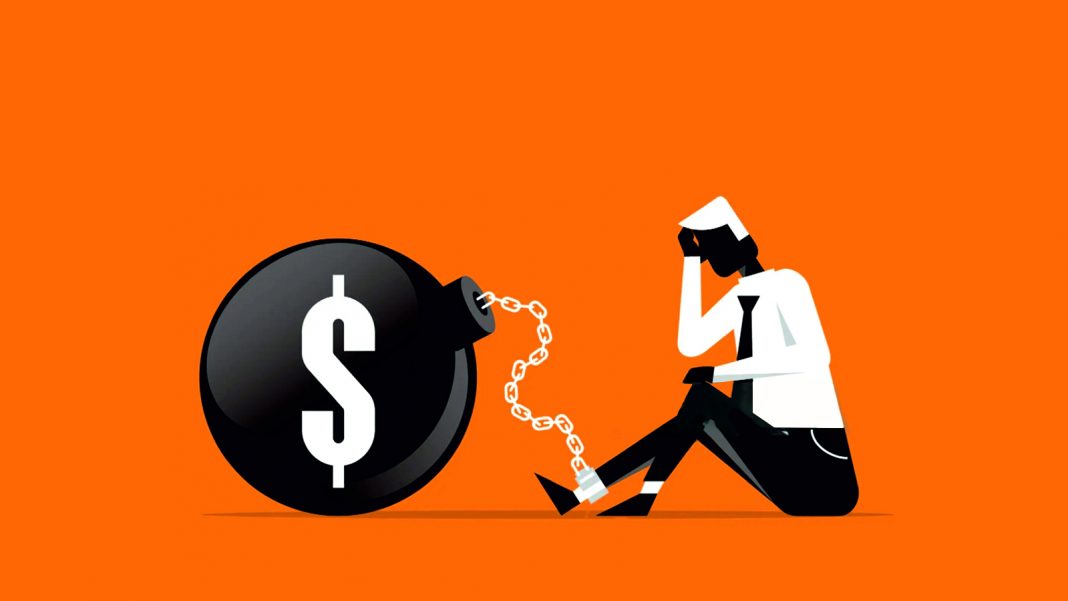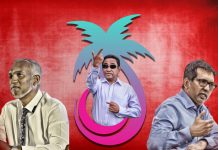A dozen poor countries are on the verge of economic collapse due to overwhelming foreign loans, primarily from China, the world’s largest and most uncompromising government lender. An analysis of these countries, including Pakistan, Kenya, Zambia, Laos, and Mongolia, reveals that repaying Chinese debt is consuming a significant portion of their tax revenue. This financial strain is impacting essential services such as education, electricity, food, and fuel, while also depleting their foreign currency reserves, leaving some nations with only months’ worth of reserves.
Secrecy and Debt Forgiveness China’s reluctance to forgive debt and its opaque lending terms have hindered other major lenders from offering assistance. The analysis found that some countries had up to 50% of their foreign loans from China, with many spending more than a third of their government revenue on foreign debt repayments. Zambia and Sri Lanka have already defaulted, unable to pay interest on loans for infrastructure projects like ports, mines, and power plants.
The economic consequences are severe. In Pakistan, millions of textile workers have lost their jobs due to power shortages caused by excessive debt. In Kenya, the government has delayed paychecks to civil servants to prioritize loan repayments. In Sri Lanka, default has led to massive job losses, inflation over 50%, and widespread poverty.
Case Study: Zambia Zambia, with a population of 20 million, has borrowed billions from Chinese banks for infrastructure projects. However, the high-interest payments have left little for essential government spending, leading to cuts in healthcare, social services, and agricultural subsidies. The country’s default in 2020, caused by depleted reserves, has led to soaring inflation, high unemployment, and severe currency devaluation.
Global Economic Concerns China’s firm stance on debt repayment contrasts with traditional lenders like the U.S., Japan, and France, who typically offer debt forgiveness. This rigidity has left countries trapped in a cycle of debt repayment, stifling economic growth. Foreign cash reserves in the affected countries have dropped significantly, with some nations having only months of reserves left.
Hidden Lending Practices China’s lending practices include secret escrow accounts that prioritize Chinese repayments, causing distrust among other lenders. This lack of transparency has led to a stalemate, where non-Chinese creditors are reluctant to offer debt relief, exacerbating the financial crises.
Future Implications Unless China adopts a more flexible approach, experts predict more defaults and political instability. The situation is further complicated by global economic pressures, such as the war in Ukraine and rising U.S. interest rates. This financial strain is causing domestic unrest and shifting geopolitical alliances, with countries like Honduras and Pakistan making strategic decisions influenced by economic pressures.
China’s lending practices have pushed many of the world’s poorest countries to the brink of collapse. Without significant changes in how these debts are managed, these nations face a bleak future of economic instability, rising poverty, and potential political upheaval.


















